I have been following the BBC forecasts religiously and the monsoon is disobliging to those too. Day after day the BBC forecasts have shown clouds over India but there has been little or no rain. To make matters worse while rains are urgently needed in western ghats of Maharashtra which has a series of water reservoirs which take care of both the urban and rural needs there have been record-breaking downpours in the north eastern corner of the country — Cherrapunji — where the monsoon generally reaches in second week of July. It is common knowledge that the first kharip season is the lifeline for food and water in India. The country’s economy is already in dire straits- if the rains fail, it will be thrown into an abyss.
Once again, the country’s meteorological department (IMD) has had to put its foot in its mouth: they predicted that this was a year of early monsoon and the monsoon — a weather phenomenon unique to South Asia — refused to oblige! While the IMD claimed that the monsoon had arrived and covered large tracts of India, rains-heavy or light- were absent except in western states of south India. The IMD tried to explain it away — though unconvincingly — as the side effect of hot-air currents prevailing over the Arabian Sea. The haunting question is if the IMD was so vociferous in predicting an early, robust monsoon bringing above average rains, how and why did it fail in predicting hot air currents in a comparatively smaller area like the Arabian Sea? Prospects of a good, productive agricultural season are getting dim for at least Maharashtra: even as I write this the deficiency in rainfall is over sixty percent in the most productive kharip regions.
And this is not the first time that the monsoon proved the IMD wrong. Remember R K Laxman — the unique and most productive cartoonist of ToI? The IMD — then simply called the weather bureau — was a favourite topic of his, Time and again he would show a typical bureaucrat dressed to the protocol getting drenched while all around him enjoyed the safety of umbrellas. The text would be somebody telling the Common Man – RK’s unique creation:’ He must be from the weather department.’
Why is it that like news in general, English knowing Indians trust the BBC weather bulletin issued hourly instead of the highly flaunted forecasts of the IMD? Whenever the monsoon gives a lie to IMD long term forecast which is generally released around April eyebrows are raised; questions are asked if the initial IMD predictions were tampered with by political predilections! In our country even the providential fall of a sparrow is exploited politically. Both credit and blame fall on the PM and his government. Our present NaMo is addicted to credit hogging (remember our national cricket team in orange -sic saffron- gear in a world tournament? It is another matter that we lost the match and the orange was shelved for good!) like his earlier avatar Indira Gandhi. Therefore, it should be an open secret that if the IMD was right, for once, and predicted a bad monsoon it must have been ‘advised’ to think twice. NaMo is already in big trouble-fresh variants of the Coronavirus, Kashmir, Agnipath, finding a hindu wife for the top office of the President-and would not want a bad monsoon forecast to consider as the opposition would start asking if the centre is ready for that eventuality.
But this year the monsoon seems to be truer than before. I have been following the BBC forecasts religiously and the monsoon is disobliging to those too. Day after day the BBC forecasts have shown clouds over India but there has been little or no rain. To make matters worse while rains are urgently needed in western ghats of Maharashtra which has a series of water reservoirs which take care of both the urban and rural needs there have been record-breaking downpours in the north eastern corner of the country — Cherrapunji — where the monsoon generally reaches in second week of July. It is common knowledge that the first kharip season is the lifeline for food and water in India. The country’s economy is already in dire straits- if the rains fail, it will be thrown into an abyss.
It is true that we still don’t know enough about what may or may not happen in far away skies, deep under earth and deep down oceans-astronomy, seismology and oceanology in jargon. Locally it is almost mandatory to point at global warming for all variations and fluctuations in the environment. Earthquakes and tsunamis are never predicted. Like Aldous Huxley said a hundred years ago our knowledge of these games of the Elements — rightly termed Maha Bhootas by our ancestors — is about equal to the height gain for the Eiffel Tower if a postage stamp were stuck on its top!
Surprisingly, the traditional almanack — called Panchanga in Indian languages — has predicted a bad monsoon for this year. The Panchanga popular in this part of the country has categorically indicated that rainfall is going to be deficient this year. They attribute a mascot to each of the nine Nakshatras — constellations — of about four months of rains. Each Nakshtara has a time span of 12-14 days. Rainfall is to be expected according to whether the mascot likes or dislikes water/rains. The Nakshatras and their mascots for this year are as follows: for Mriga-donkey; for Aardraa-aries, the ram; for Punarvasu-mouse; for Pushya rabbit; for Ashleshaa-peacock; for Maghaa- horse; for Poorvaa-Aries; for Uttaraa-donkey and for Hasta-fox. Suffice it to say that only one Nakshtra has a rain-favouring mascot- peacock (frog, buffalo and elephant being the other three). That too suggests light rains (peacock dances in the showers) in a middle fortnight of rains according to the Panchanga logic.
Admittedly, the Panchangas are not based on readings of observatories boasting of state of the art instruments. Their other limitation is that they can give only long range forecasts: unlike the modern observatories which can give an idea of what will happen over the next 36/48/72 hours or over the next week/fortnight/month. But they must be having some science of their own since they have an overwhelming presence of numbers which are calculated, presumably, according to the positions of the sun and the moon and other planets during the whole year-particularly during the rainy season in the present case. So many numbers just cannot be products of whim and imagination.
Modern observers just dismiss all this as hocus-pocus. Some years back I had urged the world-famous astrophysicist Dr Jayant Narlikar to look into the Panchaangas: but an indifferent shrug was his response. I am not sure if any other weather scientist would respond differently.
Mind you, I am not a traditionalist nor an obscurantist gloating over the omniscience of the Vedas for example and believing in the existence of airplanes and missiles in the battles in our two great epics. I know that those are cases of poetic license and poets’ imagination. But the Panchangas are no imaginary products: they could be imaginative based on the methods of ancients’ astrologists-the Arabs and the Indians. As such they need to be reconciled with modern methods of weather science.
There is one more reason for this reconcilement of conventional wisdom with modern knowledge — a huge number of Indians believe in the advice of the Panchangas — farmers plan ploughing and sowing according to them; others look for auspicious days and hours for occasions like weddings, business startups, construction of buildings; and horoscopes are very much in vogue.
Of late there is a clamour for recognition of conventional wisdom in seeds, medicine, traditional lifestyles including cooking, dress, housing and so on. Either claim —whether conventional methods are a science or just nonsense — can be established by one’s own experience. The issue in weather science cannot be settled by lay individuals because it is a huge unexplored area beyond the scope of the ordinary who can only follow the proverb — no complaint if the husband thrashes (feminists will pardon me); the king taxes and the rains drench you. Experts of rain-making have to look into this. I would like to remind the skeptics that the great Lokmanya Tilak was deeply interested in astrology (sic. Astrophysics) and often said that he would take up a thorough revision of the prevailing Panchagas after his political mission was over.
Honestly, in my heart, I want the Panchangas to be proved wrong this year. In spite of advance intimation nobody would cherish the prospect of a drought. But I want their methods to be properly studied and proved right or wrong.
- Vinay Hardikar
vinay.freedom@gmail.com
(The writer has been working in the public sphere of Maharashtra for the last five decades. His versatile personality has several dimensions, but the primary ones remain to be that of an established writer, journalist, editor, critic, activist, and teacher.)
Tags: Vinay Hardikar English Articles Panchanga weather forecast rain Farmers Load More Tags


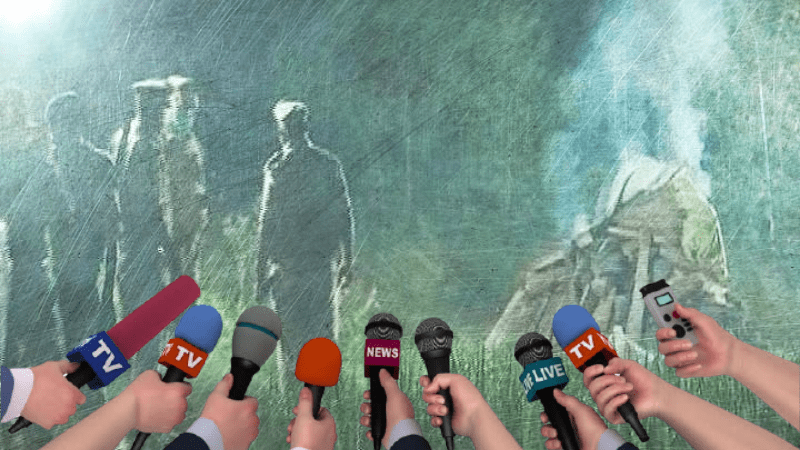
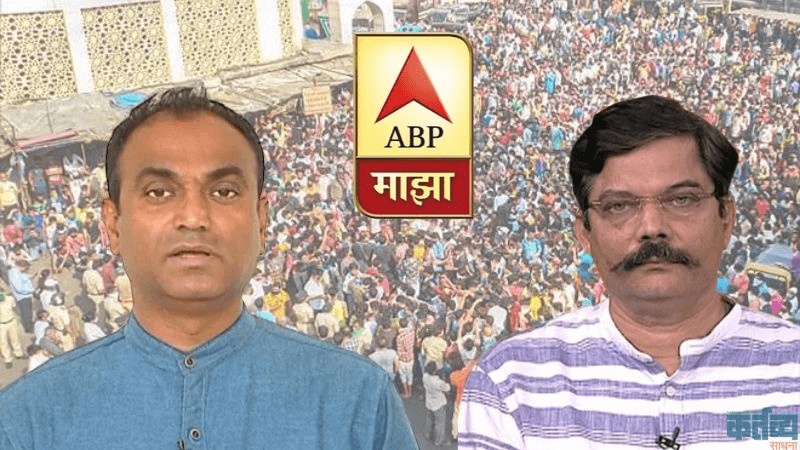


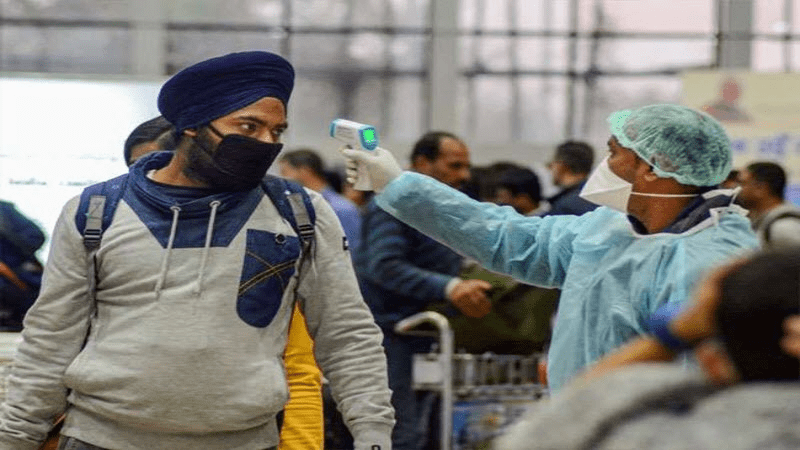

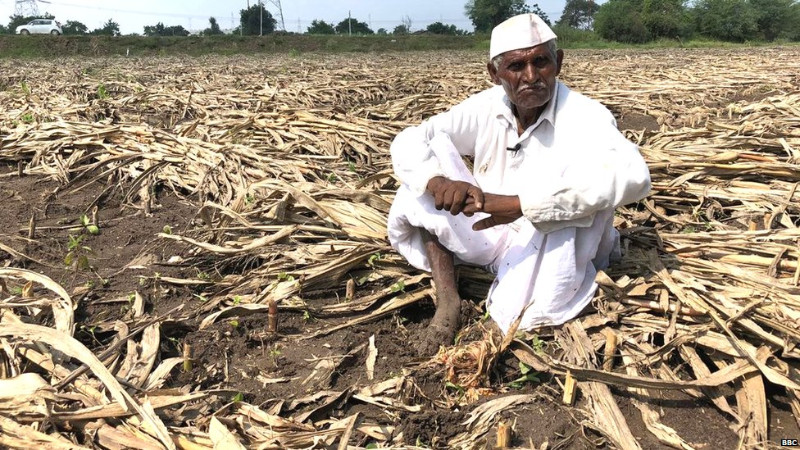



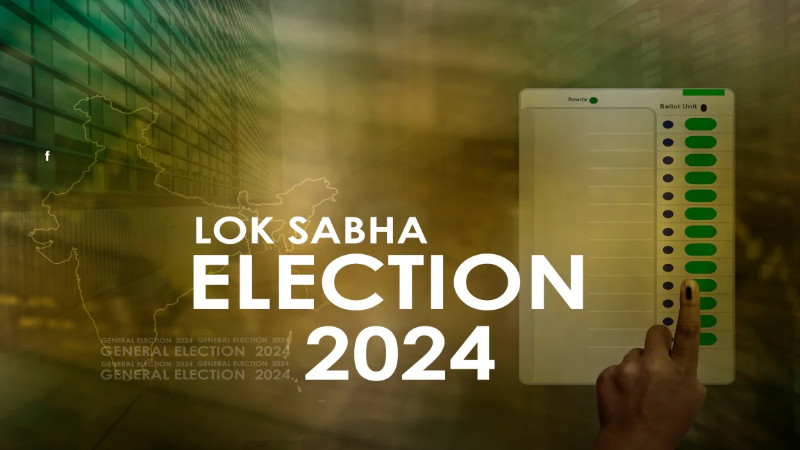

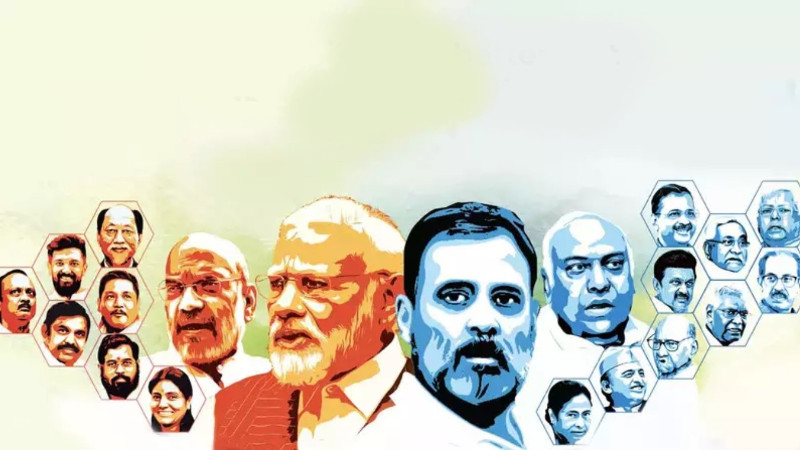

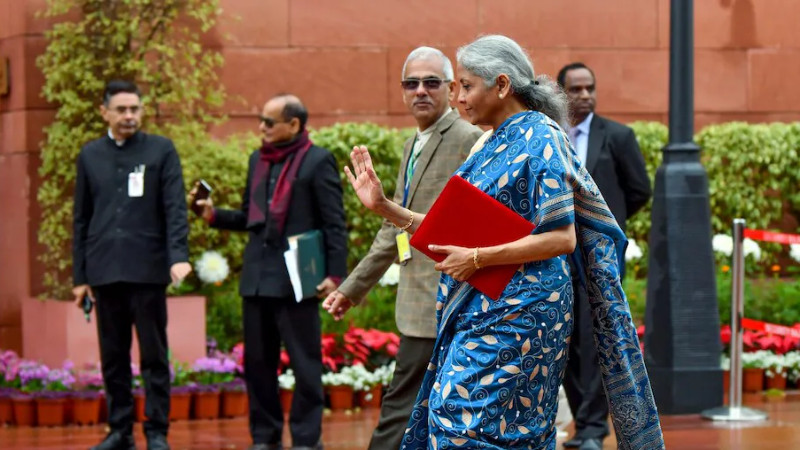
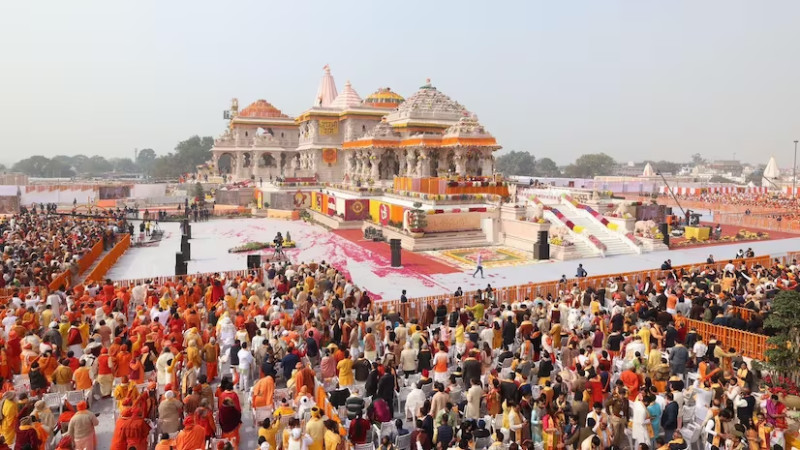
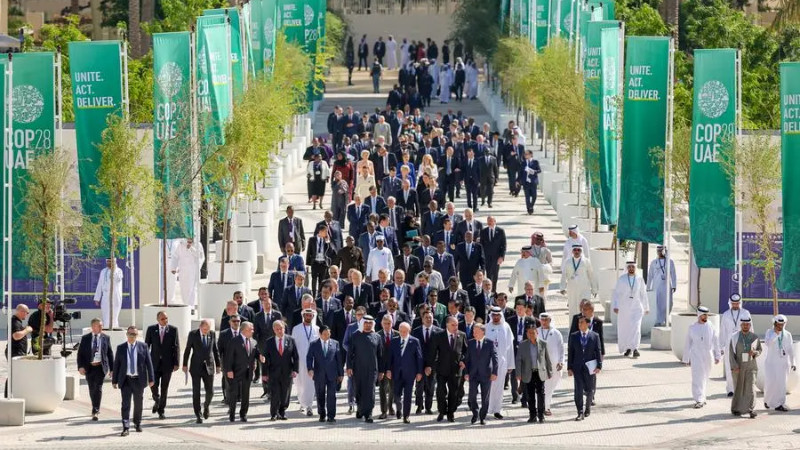


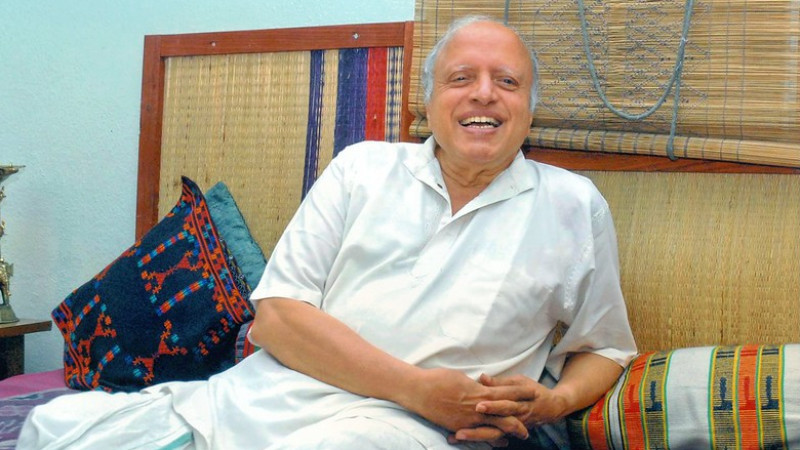

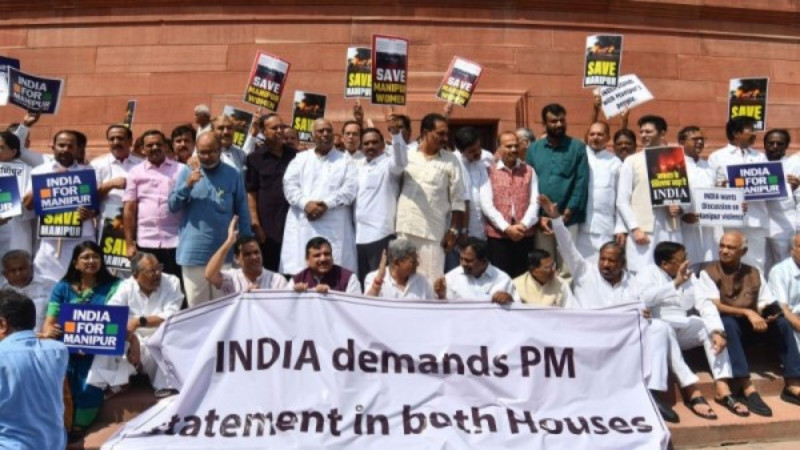
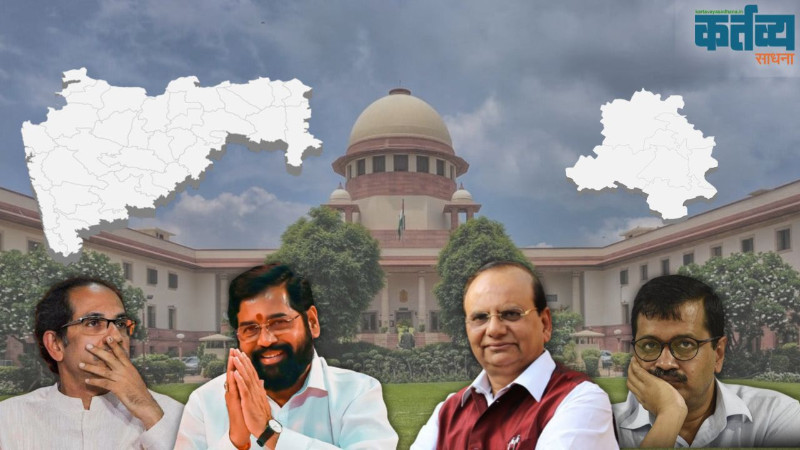
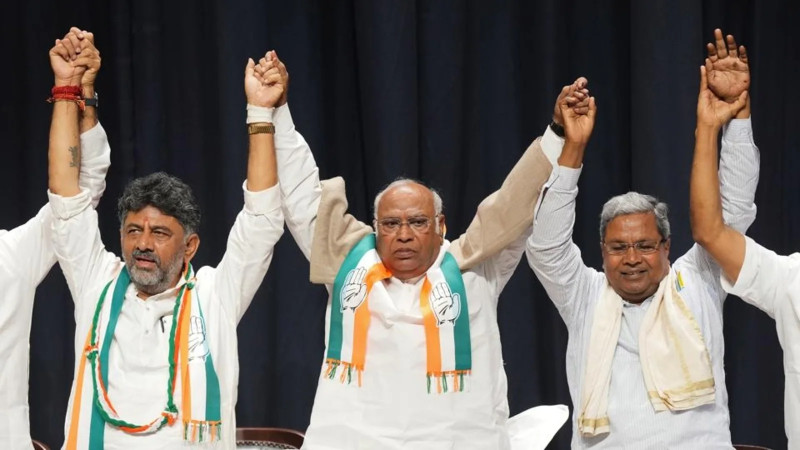


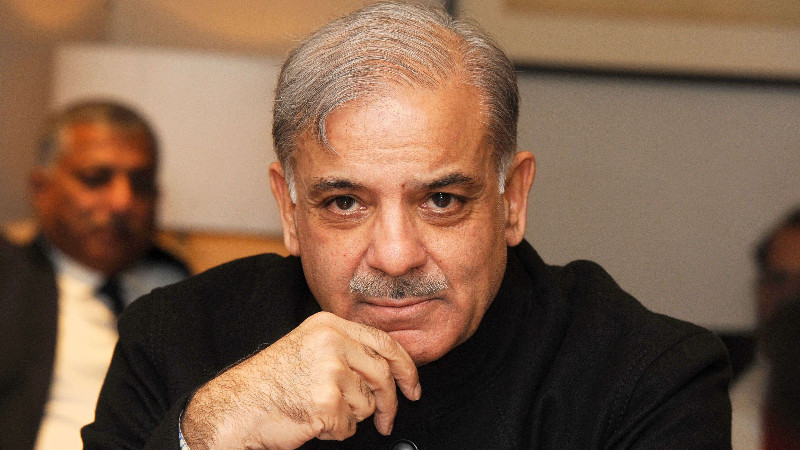

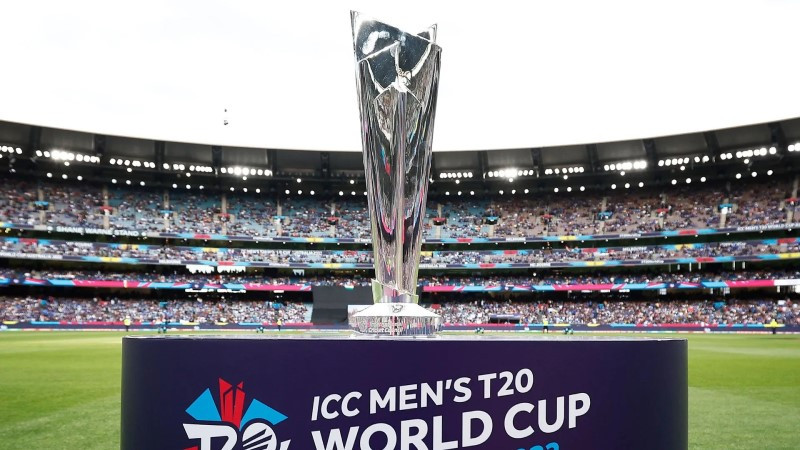
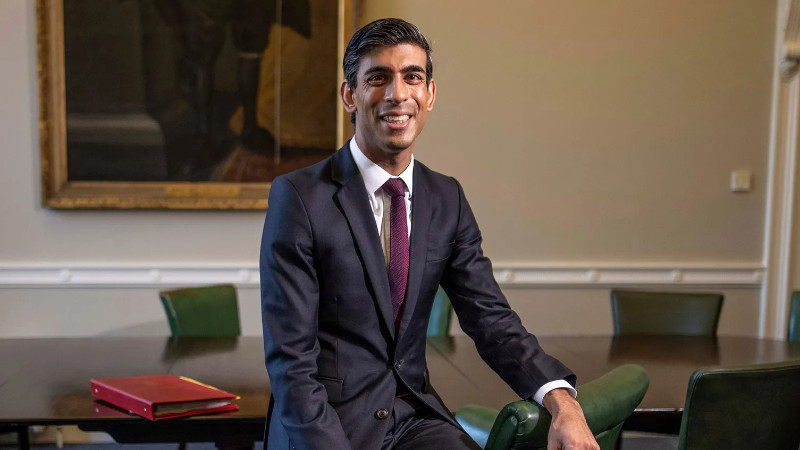



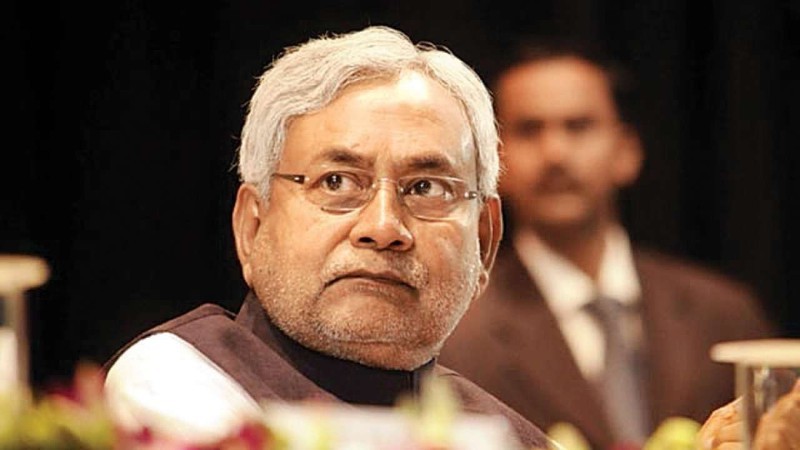
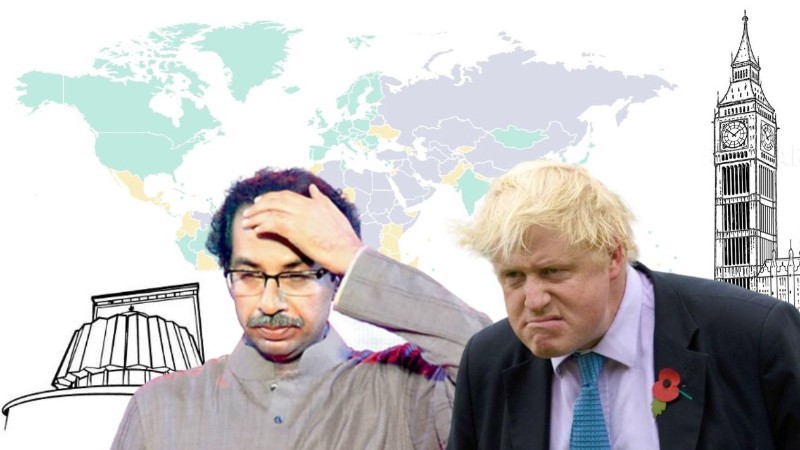
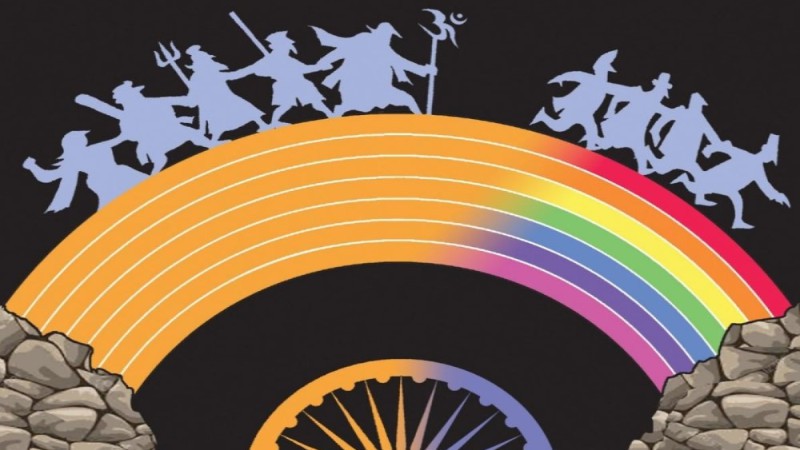
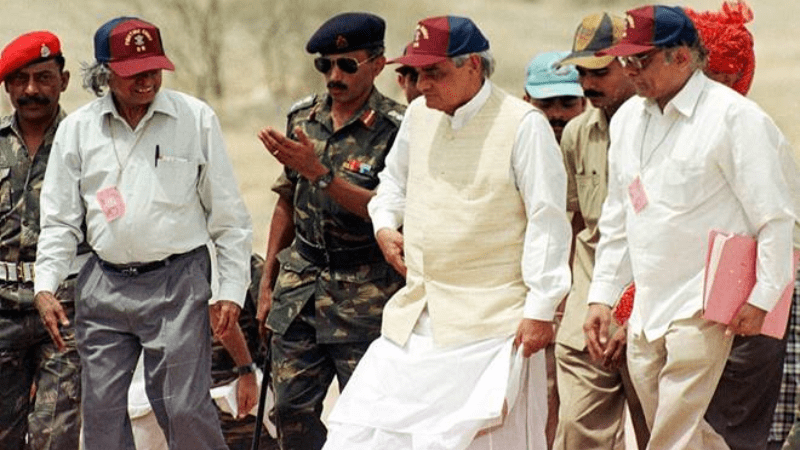
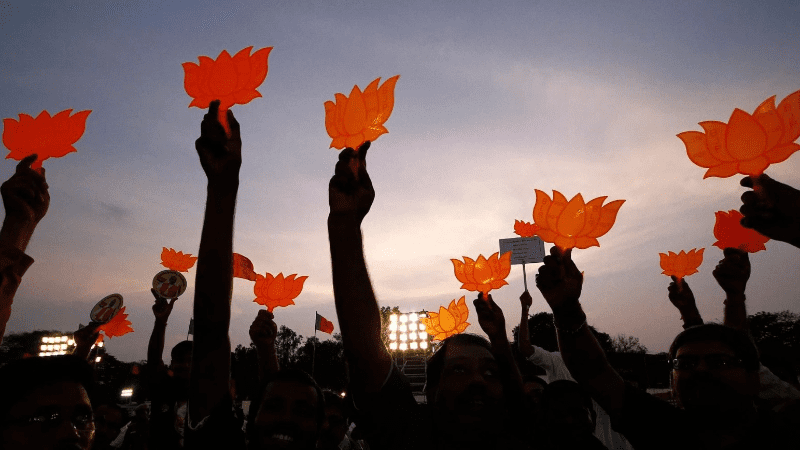
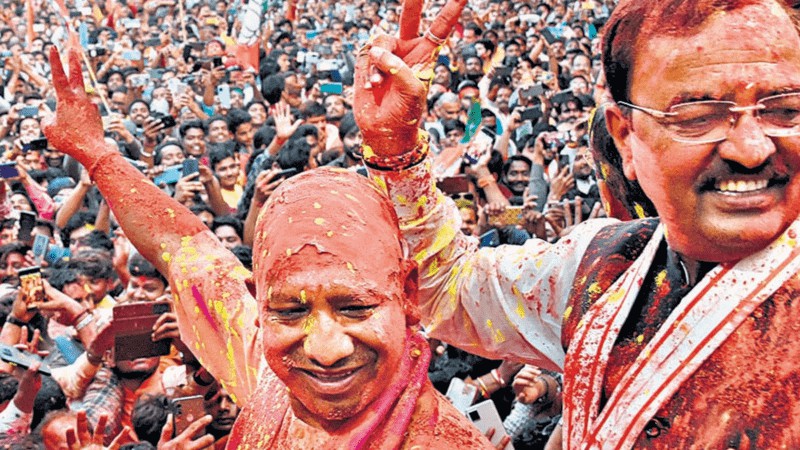




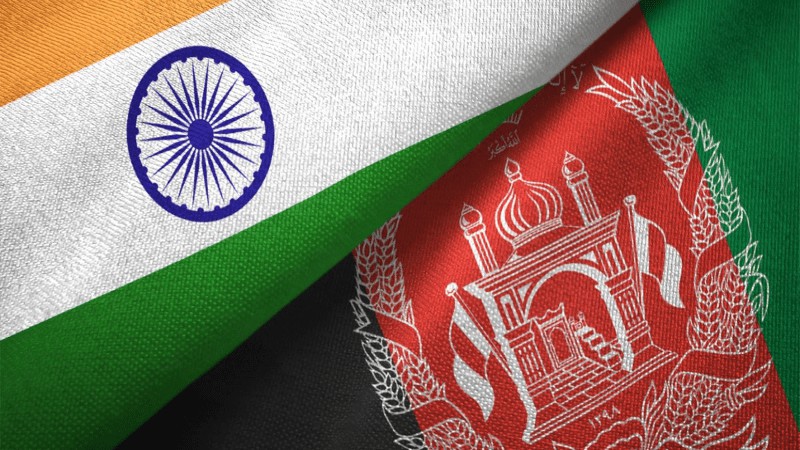

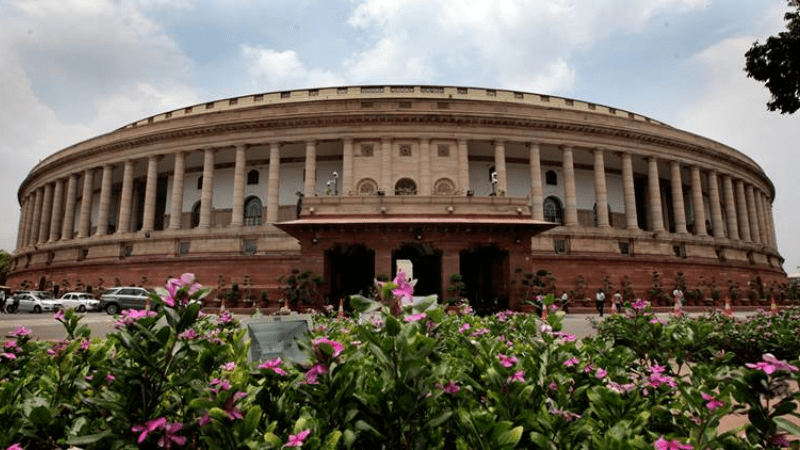
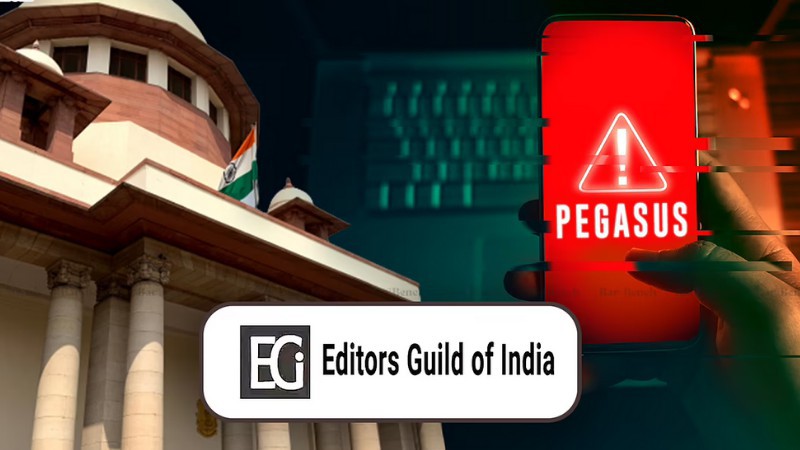
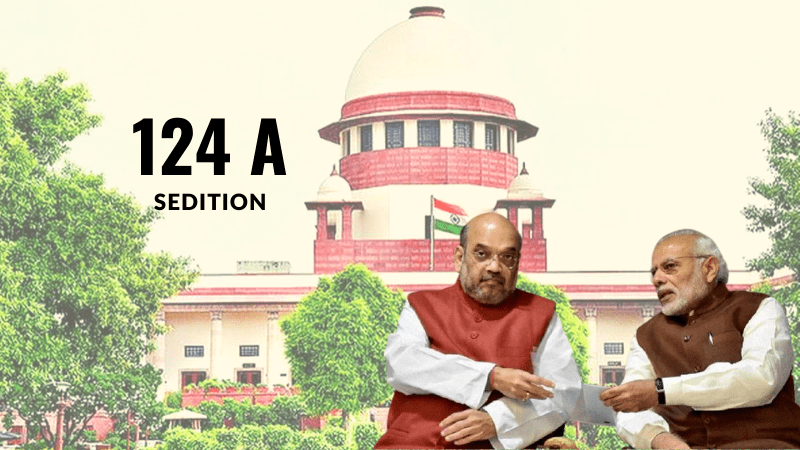

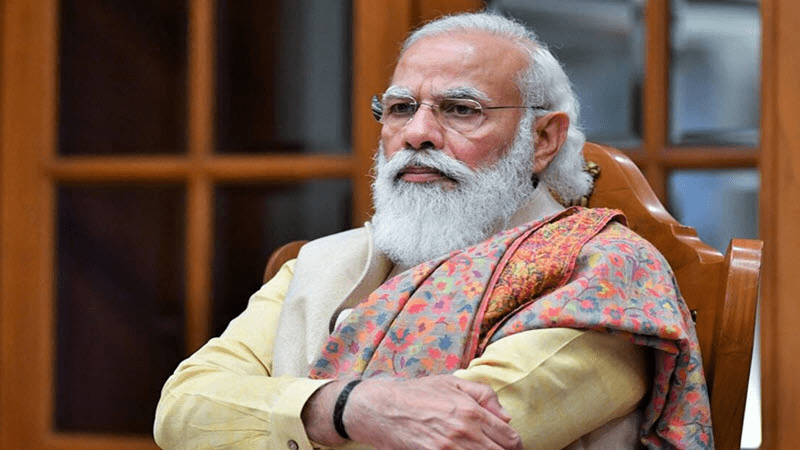
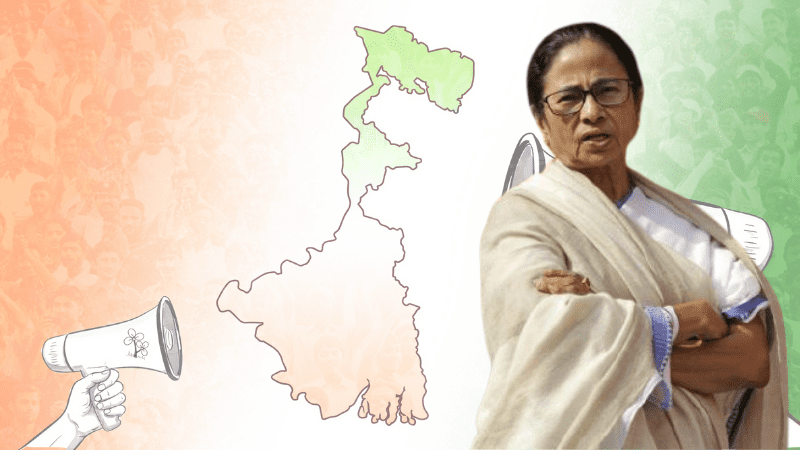
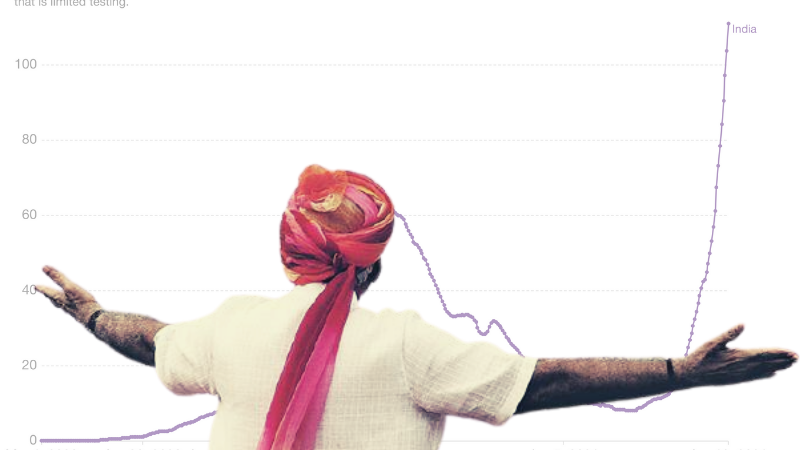



























Add Comment